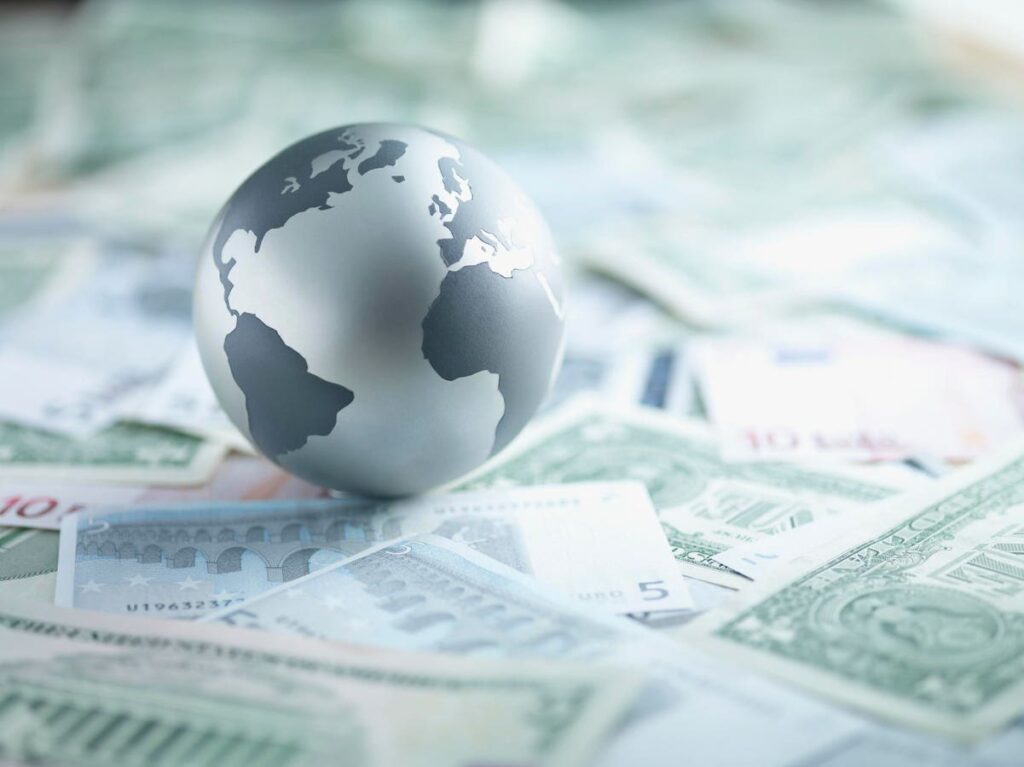By Jamey Butcher, Chemonics‘ President and CEO.
For much of modern human history, the majority of people have lived in conditions of severe poverty. In 1820, almost 80% of the global population lived in extreme poverty, according to Our World in Data. “Extreme poverty” is defined as surviving on less than $1.90 a day in today’s money. In some regions, such as Sub-Saharan Africa, that number was over 90%.
This means that many people existed at subsistence levels where basic needs such as food, clean water and shelter were often unmet. This can lead to widespread malnutrition, high infant mortality rates and lower life expectancies.
Flash forward and we have made tremendous progress. According to the World Bank, from 1993 to 2017, “the number of people living in extreme poverty fell from 1.9 billion to 689 million,” even while the global population grew from 5.3 to 7.5 billion.
Adapting cutting-edge technologies in low-resource settings has helped close this gap, but we have more work to do to eradicate extreme poverty. There are steps businesses can take to help, particularly when it comes to fostering financial inclusion in frontier and emerging economies.
Why Financial Inclusion Is Critical
“No poverty” is just one of the 17 Sustainable Development Goals. The SDGs are a set of interconnected goals established by the United Nations in 2015 as part of the 2030 Agenda for Sustainable Development that aim to address global challenges and ensure a better and more sustainable future for all.
Financial inclusion—access to affordable financial services such as banking, credit, insurance and digital payments—is a key enabler for achieving the SDGs. Financial inclusion can not only help people meet basic needs but also enable global economic growth and resilience. Currently, an estimated 1.4 billion people around the world are excluded from formal financial services such as savings, payments and credit, according to the Gates Foundation. Breaking down these barriers is an essential step in lifting people out of extreme poverty.
Financial inclusion remains a significant problem around the world, particularly in developing regions. For example, in Southeast Asia, an estimated 70% of the region’s 660 million people are unbanked or without sufficient access to financial services (underbanked). This highlights the incredible potential for transformative and sustainable change, sparked by greater financial access driven by technology and innovation.
My company has nearly 50 years of experience in working to support financial inclusion globally through our work to create meaningful change. For example, in Pakistan, we helped turn innovative ideas from small and medium-sized enterprises into a reality. In Uganda, we worked to scale an agricultural app that supports farmers, which can ultimately help improve financial returns and create jobs. In Colombia, we developed a mobile phone-based system that connected rural clients to formal financial services.
In the Philippines, we partnered with an instant payment system to help reach millions of unbanked people in the country. This partnership embodies our shared vision for affordable, real-time transactions accessible to all Filipino citizens. By connecting rural banks to the existing instant digital payment system, the cost of transactions will be lowered, which will allow these institutions to serve more of the underbanked population while mitigating the existing single point of failure in digital infrastructure.
These experiences have shown me that to solve problems globally, we need to invest in local communities and innovators. My company has seen that often, infrastructure for transformative change already exists and regions are ripe for opportunity; it’s just a matter of private sector partners, governments and beyond working together to fill the gaps.
How Businesses Can Help
What steps can business leaders take to achieve greater financial inclusion? My advice is to meet with people who do not participate in the formal financial system and understand their needs and the barriers they face. Engage with them as thoughtfully as you would with affluent customers to identify potential opportunities. Think creatively to design solutions that provide equitable access to financial services for the global majority. Ensure these solutions are impactful at the community level, and then focus on scaling them to broaden their reach and impact.
For solutions to be meaningful, we know from experience that they must be driven by the people who benefit from those solutions at the community level. To scale those solutions, business leaders and partners need to apply the same tools and methodologies that exist in wealthier markets to the global majority that too often gets left out. Leaders can also adopt know-your-customer practices and implement systems that provide a seamless customer experience; these systems should include guarantees and risk mitigation measures, packaged to benefit the customer and incentivize participation.
By keeping these strategies in mind and unlocking access to essential financial services for unbanked or underbanked populations, we can catalyze entrepreneurship and innovation that promote economic growth and create a more equitable and sustainable future for all.
Forbes Business Council is the foremost growth and networking organization for business owners and leaders. Do I qualify?
Read the full article here











